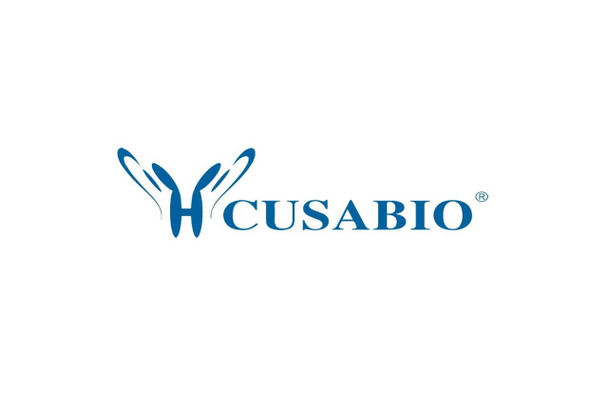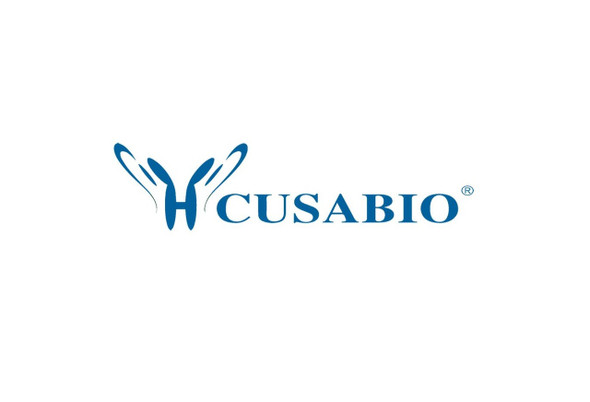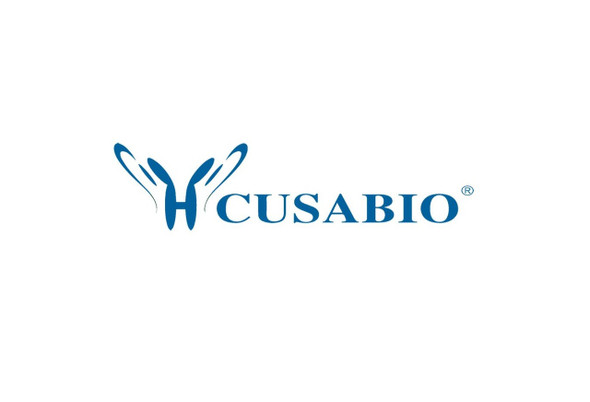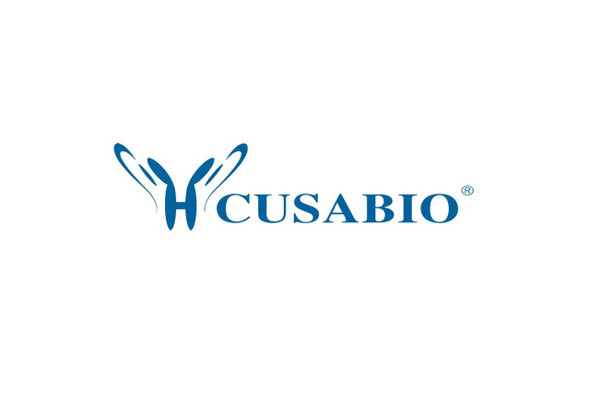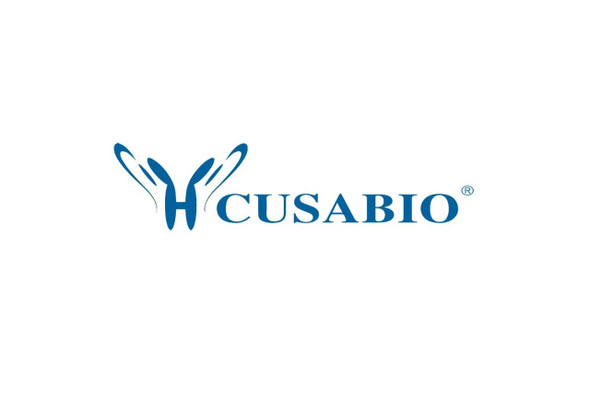Cusabio Human Recombinants
Recombinant Human 40S ribosomal protein S3 (RPS3) | CSB-EP020443HU
- SKU:
- CSB-EP020443HU
- Availability:
- 3 - 7 Working Days
Description
Recombinant Human 40S ribosomal protein S3 (RPS3) | CSB-EP020443HU | Cusabio
Alternative Name(s): 40S ribosomal protein S3; fb13d09; FLJ26283; FLJ27450; IMR 90 ribosomal protein S3; MGC56088; MGC87870; OTTHUMP00000229804; OTTHUMP00000229805; OTTHUMP00000229874; OTTHUMP00000229877; OTTHUMP00000229878; OTTHUMP00000229879; OTTHUMP00000229880; OTTHUMP00000229882; OTTHUMP00000229883; OTTHUMP00000229886; Ribosomal protein S3; rps3; RS3_HUMAN; S3; wu:fb13d09; zgc:56088
Gene Names: RPS3
Research Areas: Others
Organism: Homo sapiens (Human)
AA Sequence: AVQISKKRKFVADGIFKAELNEFLTRELAEDGYSGVEVRVTPTRTEIIILATRTQNVLGEKGRRIRELTAVVQKRFGFPEGSVELYAEKVATRGLCAIAQAESLRYKLLGGLAVRRACYGVLRFIMESGAKGCEVVVSGKLRGQRAKSMKFVDGLMIHSGDPVNYYVDTAVRHVLLRQGVLGIKVKIMLPWDPTGKIGPKKPLPDHVSIVEPKDEILPTTPISEQKGGKPEPPAMPQPVPTA
Source: E.coli
Tag Info: N-terminal 6xHis-SUMO-tagged
Expression Region: 2-243aa
Sequence Info: Full Length of Mature Protein
MW: 42.6 kDa
Purity: Greater than 90% as determined by SDS-PAGE.
Relevance: Involved in translation as a component of the 40S small ribosomal subunit (PubMed:8706699). Has endonuclease activity and plays a role in repair of damaged DNA (PubMed:7775413). Cleaves phosphodiester bonds of DNAs containing altered bases with broad specificity and cleaves supercoiled DNA more efficiently than relaxed DNA (PubMed:15707971). Displays high binding affinity for 7,8-dihydro-8-oxoguanine (8-oxoG), a common DNA lesion caused by reactive oxygen species (ROS) (PubMed:14706345). Has also been shown to bind with similar affinity to intact and damaged DNA (PubMed:18610840). Stimulates the N-glycosylase activity of the base excision protein OGG1 (PubMed:15518571). Enhances the uracil excision activity of UNG1 (PubMed:18973764). Also stimulates the cleavage of the phosphodiester backbone by APEX1 (PubMed:18973764). When located in the mitochondrion, reduces cellular ROS levels and mitochondrial DNA damage (PubMed:23911537). Has also been shown to negatively regulate DNA repair in cells exposed to hydrogen peroxide (PubMed:17049931). Plays a role in regulating transcription as part of the NF-kappa-B p65-p50 complex where it binds to the RELA/p65 subunit, enhances binding of the complex to DNA and promotes transcription of target genes (PubMed:18045535). Represses its own translation by binding to its cognate mRNA (PubMed:20217897). Binds to and protects TP53/p53 from MDM2-mediated ubiquitination (PubMed:19656744). Involved in spindle formation and chromosome movement during mitosis by regulating microtubule polymerization (PubMed:23131551). Involved in induction of apoptosis through its role in activation of CASP8 (PubMed:14988002). Induces neuronal apoptosis by interacting with the E2F1 transcription factor and acting synergistically with it to up-regulate pro-apoptotic proteins BCL2L11/BIM and HRK/Dp5 (PubMed:20605787). Interacts with TRADD following exposure to UV radiation and induces apoptosis by caspase-dependent JNK activation (PubMed:22510408).
Reference: "Isolation of a cDNA encoding human 40S ribosomal protein s3."Zhang X.T., Tan Y.M., Tan Y.H.Nucleic Acids Res. 18:6689-6689(1990)
Storage: The shelf life is related to many factors, storage state, buffer ingredients, storage temperature and the stability of the protein itself. Generally, the shelf life of liquid form is 6 months at -20?/-80?. The shelf life of lyophilized form is 12 months at -20?/-80?.
Notes: Repeated freezing and thawing is not recommended. Store working aliquots at 4? for up to one week.
Function: Involved in translation as a component of the 40S small ribosomal subunit
Involvement in disease:
Subcellular Location: Cytoplasm, Nucleus, Nucleus, nucleolus, Mitochondrion inner membrane, Peripheral membrane protein, Cytoplasm, cytoskeleton, spindle
Protein Families: Universal ribosomal protein uS3 family
Tissue Specificity:
Paythway:
Form: Liquid or Lyophilized powder
Buffer: If the delivery form is liquid, the default storage buffer is Tris/PBS-based buffer, 5%-50% glycerol. If the delivery form is lyophilized powder, the buffer before lyophilization is Tris/PBS-based buffer, 6% Trehalose, pH 8.0.
Reconstitution: We recommend that this vial be briefly centrifuged prior to opening to bring the contents to the bottom. Please reconstitute protein in deionized sterile water to a concentration of 0.1-1.0 mg/mL.We recommend to add 5-50% of glycerol (final concentration) and aliquot for long-term storage at -20?/-80?. Our default final concentration of glycerol is 50%. Customers could use it as reference.
Uniprot ID: P23396
HGNC Database Link: HGNC
UniGene Database Link: UniGene
KEGG Database Link: KEGG
STRING Database Link: STRING
OMIM Database Link: OMIM

